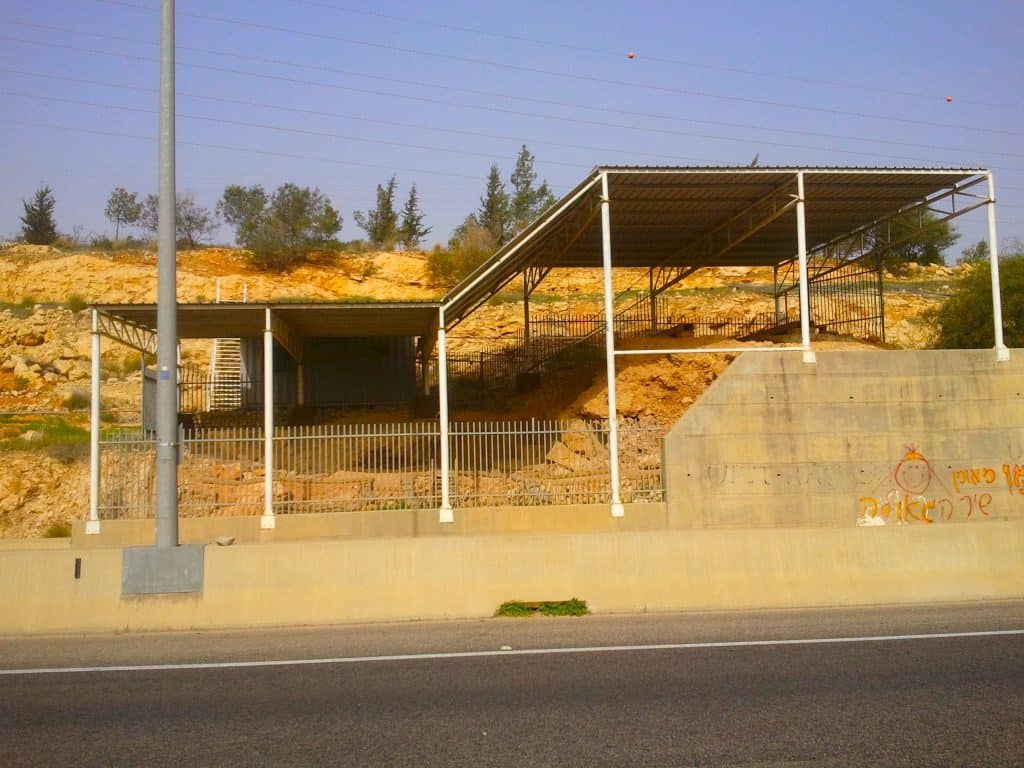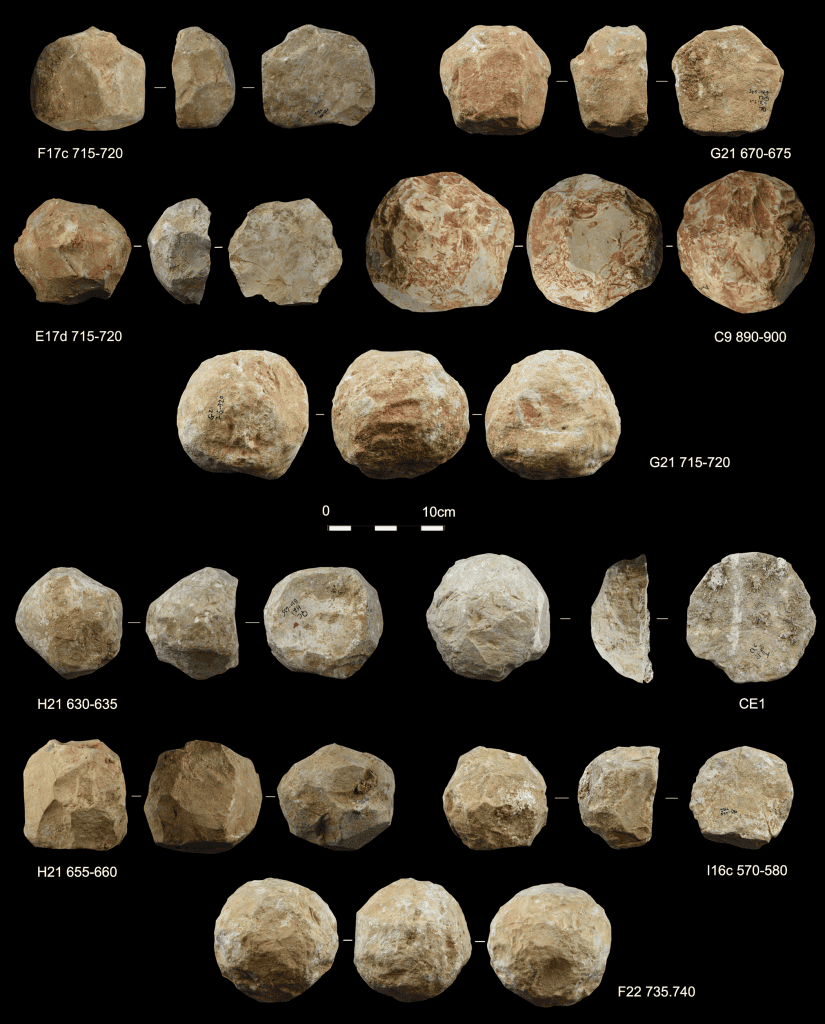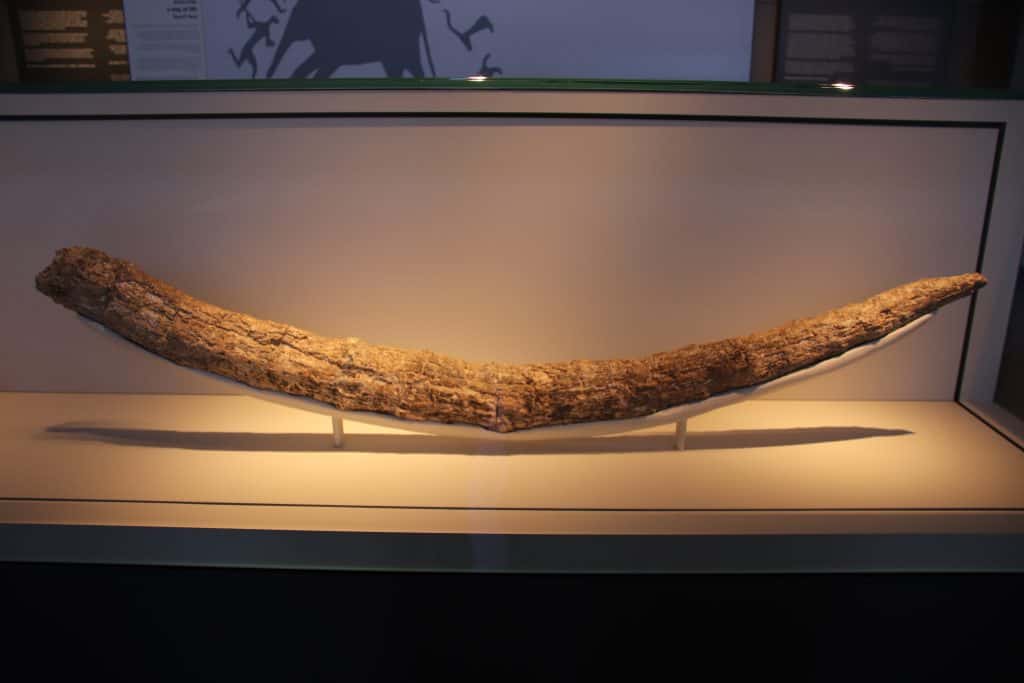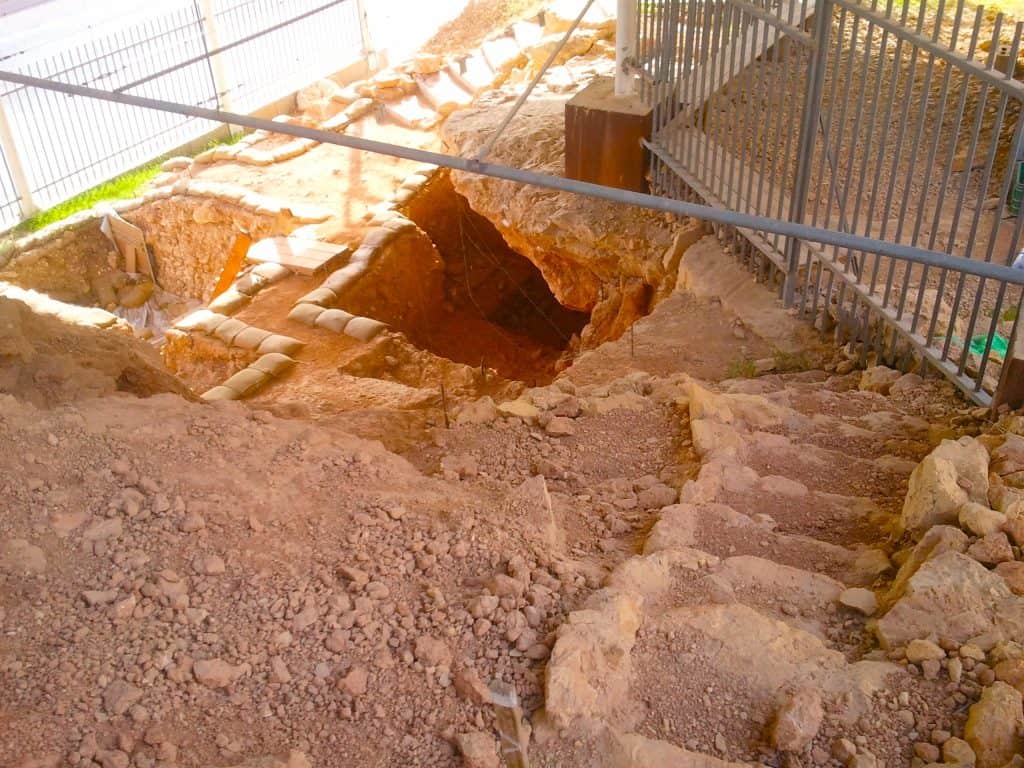Nestled near Tel Aviv in the Land of Israel, Qesem Cave stands as a remarkable archaeological site that has provided invaluable insights into the lives of our ancient human ancestors. Spanning a significant period, Qesem Cave offers a unique window into the Middle Paleolithic era, providing researchers with a treasure trove of artifacts and evidence that shed light on early human behavior, technology, and societal development. In this post, we delve into the fascinating discoveries and the significance of Qesem Cave in unraveling the mysteries of our distant past.

Credit: 66AVI, CC BY-SA 3.0, via Wikimedia Commons
Qesem Cave, located in the western part of Israel, was accidentally discovered during a road construction project in 2000. Subsequent archaeological excavations have revealed a complex and well-preserved record of human occupation spanning 200,000 to 400,000 years ago.
Furthermore, the site offers a glimpse into the lives of early human populations. They predominantly belonged to the Acheulo-Yabrudian culture during the Middle Pleistocene epoch. Moreover, this period was marked by technological advancements and cultural innovations that shaped the trajectory of human development.

Qesem Cave – Key Discoveries and Insights:
Foremost, Qesem Cave has yielded many stone tools, including blades, scrapers, and burins. These tools were intricately crafted using a prepared-core technique, showcasing our ancient ancestors’ cognitive abilities and technological skills. Furthermore, the tools were primarily made from local flint and demonstrated advancements in shaping and refining techniques.
Stone Age Tour

Early Evidence of Fire Use:
Mostly the discovery of numerous fireplaces and hearths in Qesem Cave has provided significant evidence of early human mastery over fire. The controlled use of fire offered warmth and protection and played a crucial role in cooking and processing food. The findings at Qesem Cave provide insights into our early human ancestors’ culinary practices and dietary habits.
Social Organization and Resource Management:
The extensive remains of large game animals in the cave suggest that early humans at Qesem Cave were skilled hunters. The presence of communal food storage areas and the distribution of meat among the inhabitants indicate a level of social organization and resource management.
Dental and Health Insights: The study of dental remains from Qesem Cave has provided valuable information about the health and lifestyle of its inhabitants. The analysis of teeth has revealed patterns of tooth wear, dental diseases, and dietary adaptations, giving researchers a deeper understanding of the daily challenges faced by our early ancestors.
The Significance of Qesem Cave:
Qesem Cave’s significance extends beyond the archaeological community. Its findings have added valuable pieces to the puzzle of human evolution, contributing to our understanding of early humans’ cognitive, technological, and social capabilities.

So by unraveling the intricacies of the Middle Paleolithic era, Qesem Cave has provided evidence of the systematic planning and organization of ancient societies and our ancestors’ innovative and adaptive nature. Furthermore, the site’s location near the Mediterranean coast further highlights the region’s role as a vital corridor for human migration and cultural exchange.
In Short: The Cave is a testament to the rich human history in the Land of Israel. Mainly, through meticulous excavation and analysis, this extraordinary archaeological site has unearthed a wealth of artifacts and knowledge that shed light on the lives of our ancient human ancestors. So Qesem Cave continues to captivate researchers and enthusiasts alike, fueling our curiosity and offering glimpses into the remarkable journey of human evolution and societal development.







